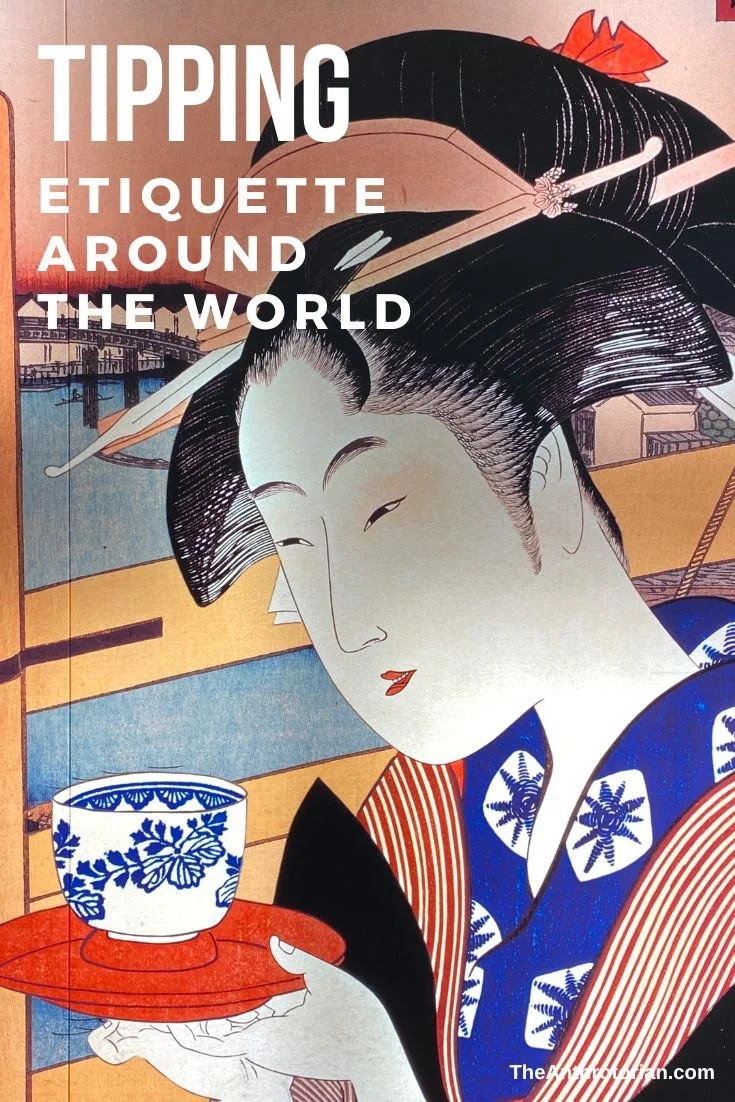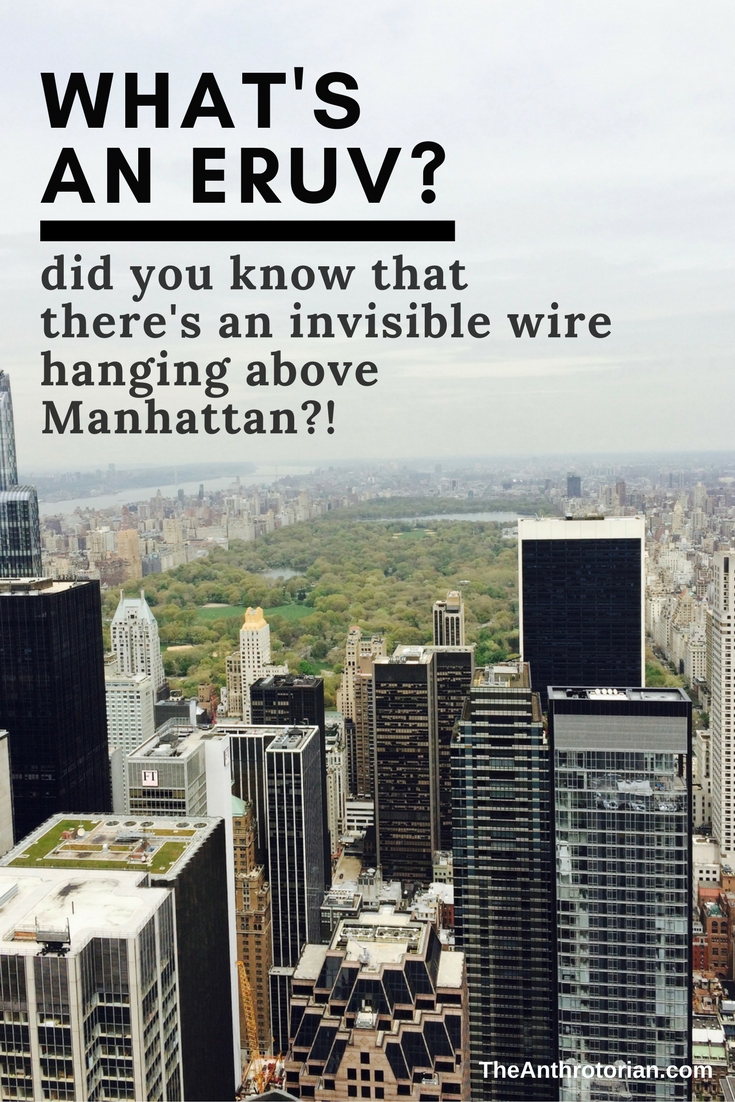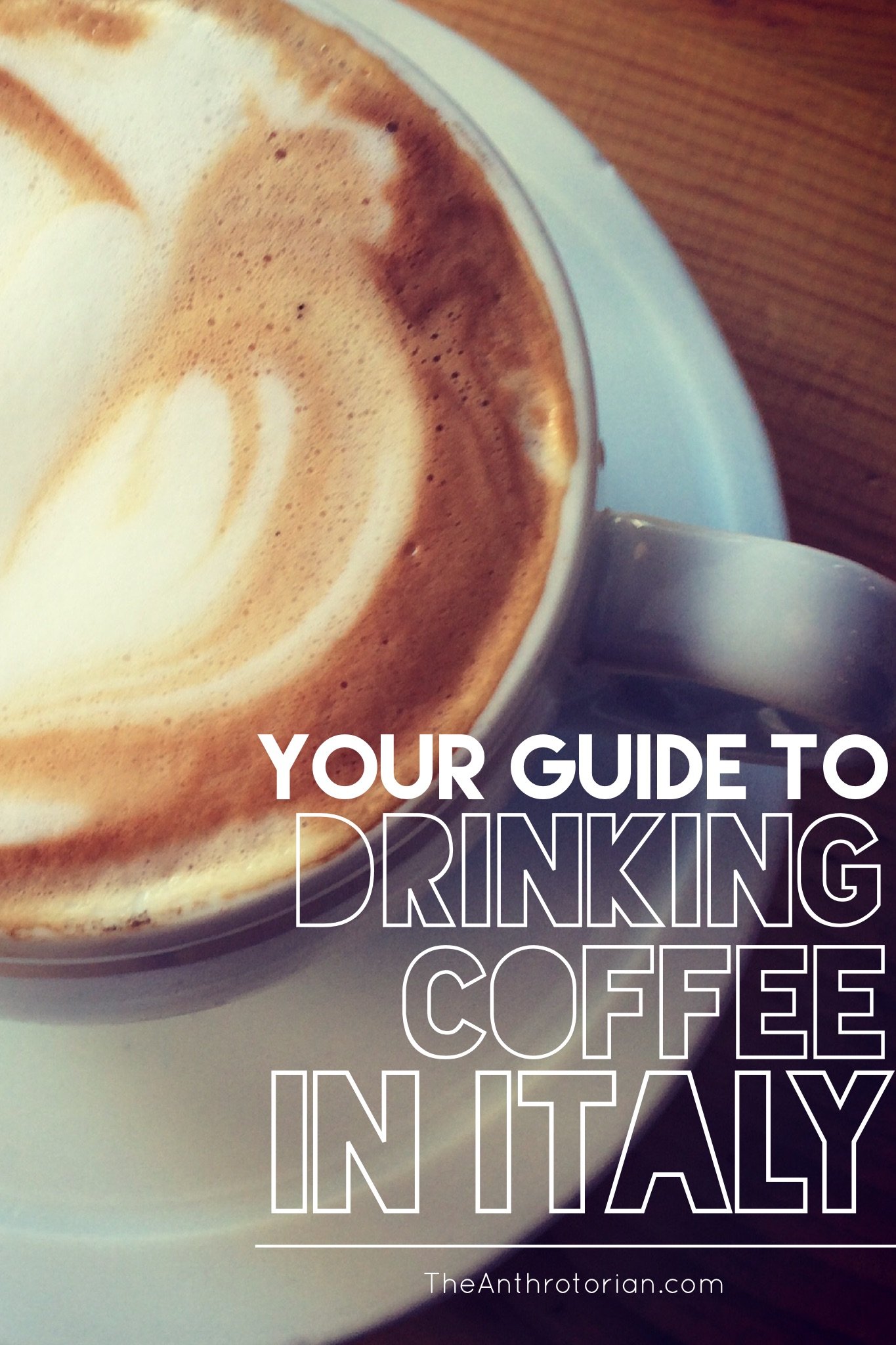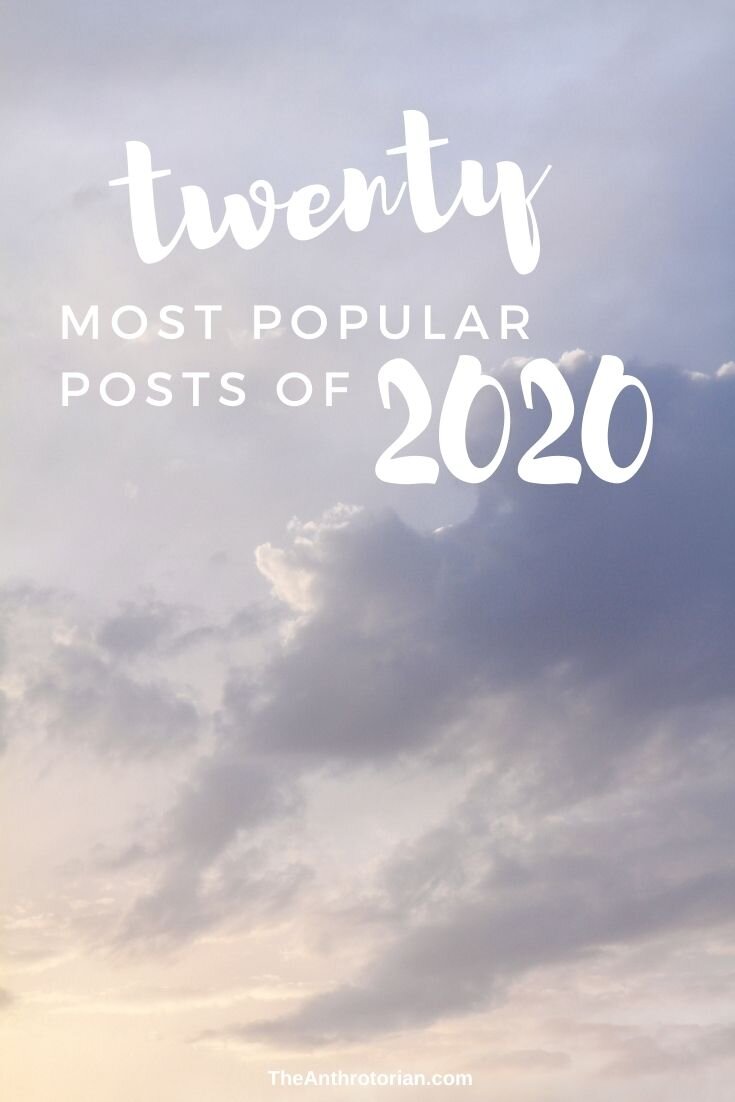I am a firm believer in learning, and teaching, history (disclaimer: history was my minor in university, so I have a slight bias). In order to understand where we are going, and not repeat the same mistakes, we have to know where we came from.
The usual reactions to this opinion include:
history is boring
history is biased
history is only written from one perspective
I fully agree that all of these can be true — some history can be achingly dull, all history is biased (but so is EVERYTHING you learn in school or from a book), and true, the majority of history that we learn is written by the victors, or people in power.
This is where Peter Frankopan’s bestselling book, The Silk Roads: A New History of The World, comes in. Frankopan has scoured primary sources from all over the world and has put together a text that challenges the “known” Western history of how human society developed.
He explains this new history using the Silk Roads, or the trade routes that stretched from China to the Middle East and the Balkans to South Asia.
What this does is shift our view from the Greco-Roman world view to more of an Eastern view. Frankopan explains how the exchange of knowledge, religion, ideas, and culture were not occurring in one place or “golden age”, but arose from strong ties between different peoples scattered in the West AND East.
In other words, the East and West were a lot more linked than we have been taught in school.
What has struck me the most from reading this book is how you can trace the conflicts that we see in the present day to things that occurred in the past — history really does repeat itself.
It’s a captivating read — expect to learn something new on every page — and come away with a new understanding and perspective of the world around you.










